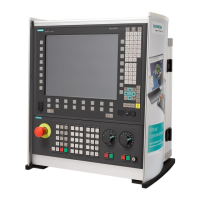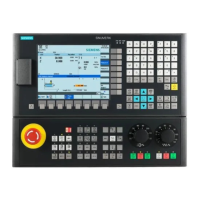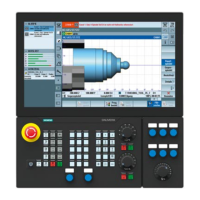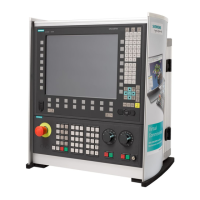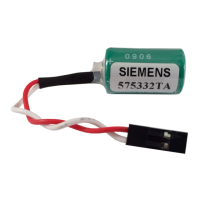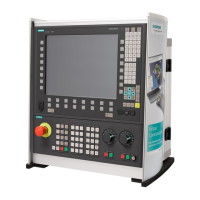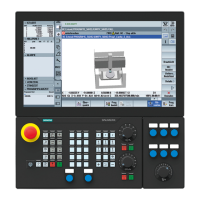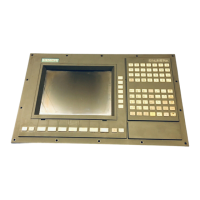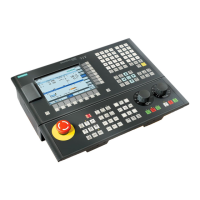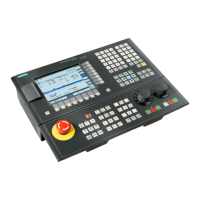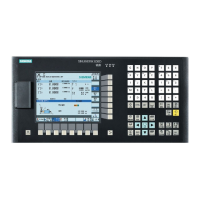Frames
6.8 Frame generation according to tool orientation (TOFRAME, TOROT, PAROT)
Fundamentals
Programming Manual, 10.2004 Edition, 6FC5 298-7AB00-0BP1
6-37
Milling with working plane G17
TOFRAME or TOROT defines frames whose Z axes point in the tool direction. This definition
is tailored to milling operations, for which working plane G17 X/Y of the 1st – 2nd geometry
axis is typically active.
Turning with working plane G18 or G19
Turning operations in particular, and active G18 or G19 in general, require frames, with
which the tool is aligned in the X or Y axis. A frame of this type can be defined with G codes
• TOFRAMEX TOROTX
• TOFRAMEY TOROTY
• TOFRAMEZ
TOROTZ. This functionality of TOFRAME and TOFRAMEZ or TOROT and TOROTZ is
identical in each case.
Assigning axis direction
If one of the G codes TOFRAMEX, TOFRAMEY, TOROTX, TOROTY is programmed
instead of TOFRAME(Z) or TOROT(Z), the axis directions are assigned as shown in the
table below:
TOFRAME (Z),
TOROT (Z)
TOFRAMEY,
TOROTY
TOFRAMEX,
TOROTX
Z Y X Tool direction (applicate)
X Z Y Secondary axis (abscissa)
Y X Z Secondary axis (ordinate)
Note
After tool orientation has been programmed with TOFRAME, all the programmed geometry
axis movements refer to the frame generated by this programming.
Note
Separate system frame for TOFRAME or TOROT
The frames resulting from TOFRAME or TOROT can be written in a separate system frame
$P_TOOLFRAME.
This can be done by setting bit 3 in machine data MD 28082:
MM_SYSTEM_FRAME_MASK. The programmable frame remains unchanged. Differences
occur when the programmable frame is processed further elsewhere.

